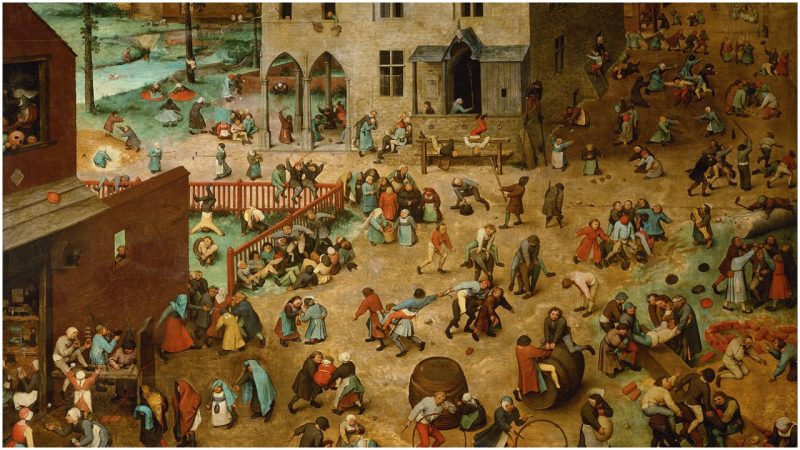During the Renaissance, the types of entertainment people indulged in varied wildly, depending on social class. Revolvy notes that among the poorest classes, they could occasionally go to theaters as groundlings, needing to stand in the pit for the entire performance.
Otherwise, the closest thing to spectacle most witnessed were public punishments, such as taunting people who were put into the stocks, executions, or witch trials, all of which were rather grisly fare.
For the middle classes, such as innkeepers, merchants and the like, more options existed. Members of that class would occasionally be able to access fine art such as music and theater, but they might also be involved in things like watching or betting on cockfights or bear-baiting.
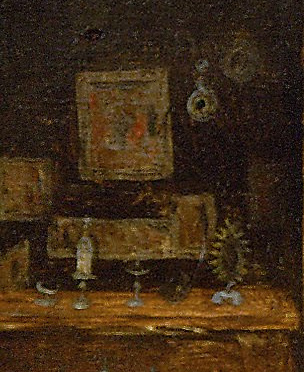
Among society’s upper classes, there were more options yet. Aristocrats had greater opportunities to participate in sports such as fencing, falconry, or riding, especially when they were at their country seats.
In the cities, people had much more access to cultural amenities, such as hiring artists to create or perform music or theatrical productions. They had parties with fine food, dancing, and other entertainment. The upper crust prided themselves on their knowledge and sophistication, showing their appreciation of the finer things in life.
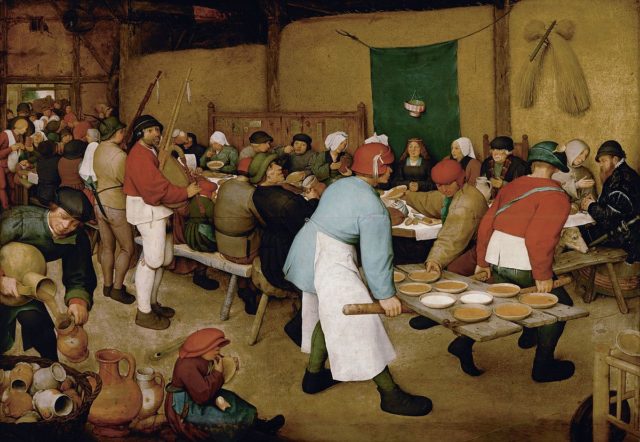
This is where the artist Pieter Bruegel the Elder enters the picture. A painter of the Northern Renaissance, Bruegel’s work was a real departure from the usually very religious artwork of the previous century. Instead, Bruegel was fascinated with celebrating humanity, which he did in his extremely full and detailed paintings depicting people going about their everyday lives.
His work was generally packed full of small vignettes and interactions which all related to some larger theme. One of those paintings was called Children’s Games, which he created in 1560.
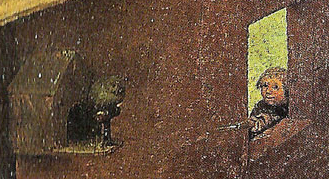
The painting shows a swarm of children, ranging in age from very young to teenagers, engaged in various games. There are more than 80 distinct and separate games being played on an oil painting that is roughly 4’ x 5’.
It should come as no surprise, therefore, that careful scrutiny of such dense art would be necessary to truly see everything that was in it. One source of entertainment for the intellectual elite of the time was to gather around such paintings at parties, according to Sartle, examining the smallest details, presumably to mine them for potential topics of conversation and to find and note details that other, less careful observers, might miss. Think of it as a combination of Where’s Waldo, I Spy, and Gotcha.
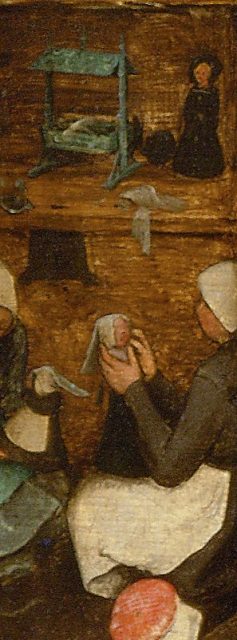
Children’s Games wasn’t meant just as an intellectual amusement, of course. The art of the period was nearly always allegorical or loaded with hidden meaning.
In this case, it’s thought that Bruegel was probably inspired by Erasmus, a humanist from the same era and area as Bruegel, who held the firm belief that play is a critical part of a child’s life, one which is not necessarily separate from learning. Indeed, if you look at the children’s faces, most of them seem to be very serious-looking.
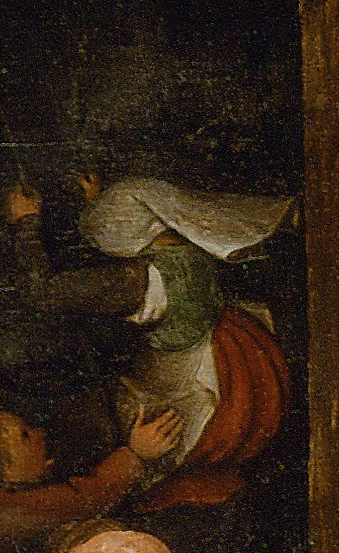
One of the other elements that sets Bruegel’s work apart from many other artists of the time, besides his tendency to cram as much as he could into his canvases, is his rather biological sense of humor.
If you were one of the intellectuals examining Children’s Games, some of the details you might spot include one child who is urinating and another who appears to be stirring feces. While those images are a little repulsive, they are still fairly accurate reflections of a child’s private world and odd curiosities.
Bruegel’s other works are equally detailed. In fact, canvasses that were crammed with masses of humanity with numerous focal points and intersections is one of the hallmarks of his work.
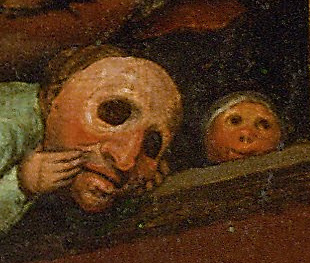
Even when he painted more classical scenes, with religious or mythological themes, the major elements were usually much less interesting than the things that people were doing around those elements as they went about their daily life.
Read another story from us: This Painting within a Painting has solved a historic Art Puzzle
His departure from what was the usual artistic style of the day gave faces to parts of life that are often left unexamined or unappreciated, although they represent the greater part of the human existence, and doing it with an earthy empathy and humor. His work may have provided party entertainment for the elite, but he painted the common man.
